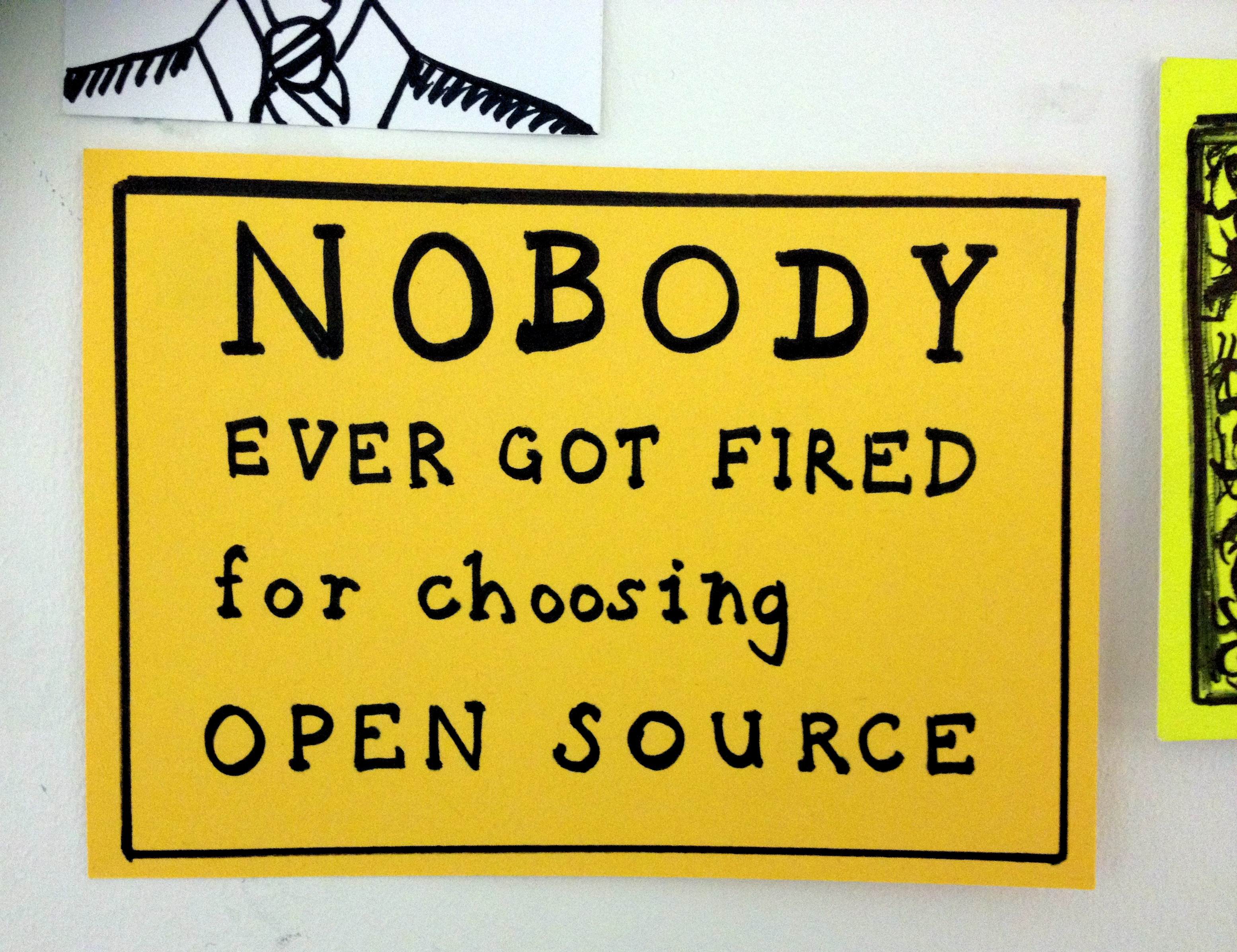Open source software (OSS) has had a huge impact on the development of technology today. From apps and web browsers to content management platforms and operating systems, there’s no doubt that open source projects have influenced the way that we create and access information.
Research shows that the open source trend is growing beyond the traditionally tech-focused market, too. A survey, conducted by BlackDuck Software and the Linux Collaboration Summit, found that within the next two to three years, government agencies, health & life sciences organisations, and media & finance businesses may all be making more use of open source products. Additionally, respondents said that they’re adopting more OSS development methods and fostering the growth of industry-specific communities.
As the demand for OSS grows across industries, the demand for OSS will grow globally, too. That often sparks conversations about how to localise a project for a new market. Translating an open source project is a unique undertaking in many ways, with a number of moving pieces. Here’s what open source organisations and their communities need to keep in mind as they work to make their solutions as accessible as possible.
1. CONSISTENCY IS EVERYTHING
Translating an open source project is much like the development of the project itself. Just as developers create a widget or a plugin for software, volunteer translators can each translate different pages and features, building localised…
Read more | bizcommunity.com
Photo credit | Nobody ever got fired for choosing open source by Roo Reynolds on Flickr

Recent Comments